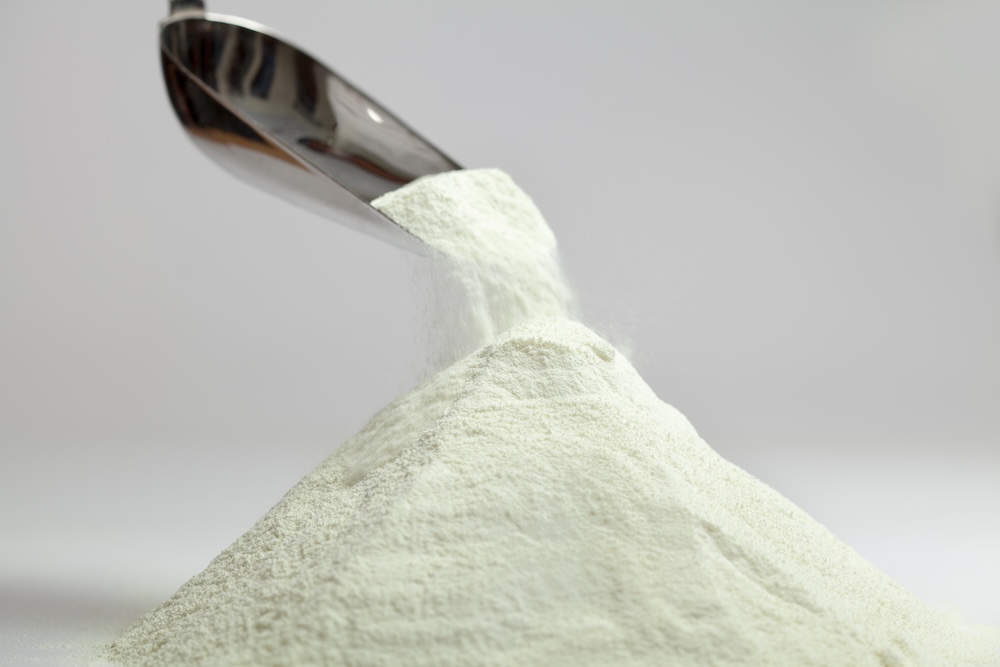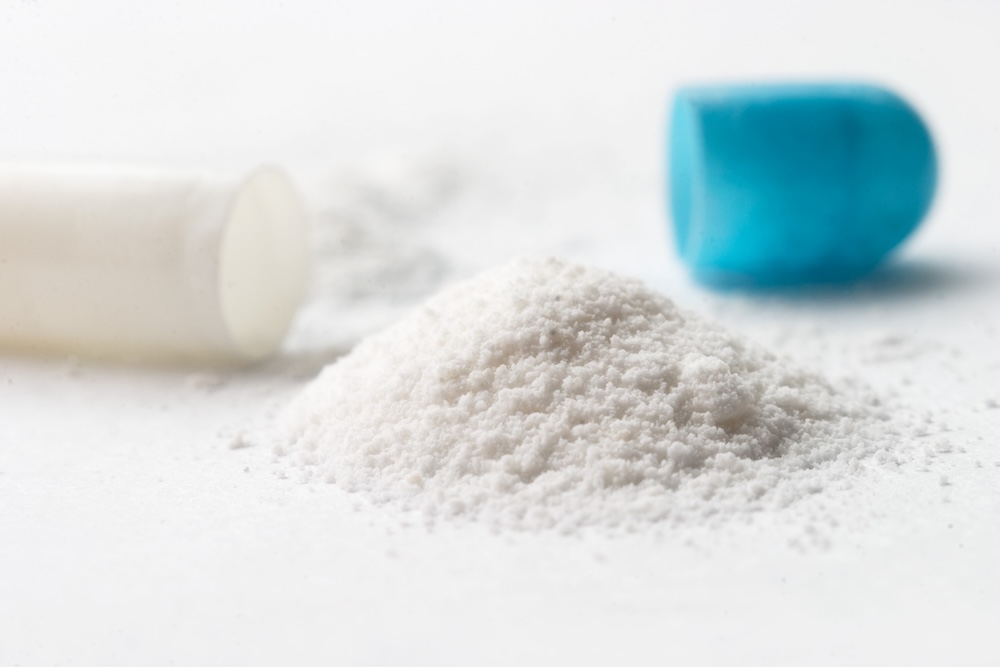A freeze-thaw study is a type of stress test performed on liquid formulations to evaluate how finished dosage forms react to repeated cycles of freezing and thawing. For example, when pharmaceutical suspensions formulations or emulsions freeze, they lose their structural characteristics that maintain their properties. Upon thawing, the drug substance may not redisperse properly or may precipitate and become inhomogeneous leading to patient safety concerns. A properly designed freeze thaw study helps pharmaceutical companies assess and address this risk through formulation development, controlled temperature shipping, or suitable storage temperature labeling.
Pharmaceutical formulations are generally developed in well-controlled laboratories where temperature is maintained within strict specifications. The same is true for pharmaceutical products that are manufactured under cGMP conditions. However, once finished dosage forms leave the well-controlled environment of pharmaceutical warehouses, temperature and humidity excursions such as low temperatures, high temperatures, or high humidity may occur. In particular, this is likely to occur during shipment where the product may be exposed to cold weather conditions in a shipping container or truck.
Freeze-thaw studies must be conducted for all products that can freeze at low temperatures. This is performed for generic ANDA and branded NDA pharmaceutical products. In addition, such studies should also be performed for dietary supplement and cosmetic liquid products. Freeze-thaw studies are not needed for oral solid dose (OSD) formulations such as tablets or capsules.
How Do We Perform Freeze thaw studies?
Typically, freeze-thaw studies are carried out by exposing drug product in the final packaging configuration to controlled freeze-thaw cycles.
- Freezing at a specific temperature: The drug product is frozen to a set temperature (usually around -20°C or -4°F) for 48 hours, depending on the product’s storage requirements.
- Thawing: After a set period, the samples are allowed to slowly thaw, at room temperature and then kept at 40°C / 75%RH for 48 hours. Thawing speed may vary, as rapid thawing can cause different stresses than slower thawing.
- Multiple Cycles: The freezing and thawing process is repeated multiple times (3–10 cycles) to observe how the material reacts over time during transportation or storage. Vici can customize thermal cycling/freeze thaw studies to clients specific requirements and based on the specific risks associated with products.
Analysis
After each cycle, the product is tested using stability-indicating and validated analytical methods. Testing is done in comparison with the control sample to provide each freeze thaw cycle impact on the drug product:
- Physical changes: Including changes in appearance, such as the formation of clumps, cloudiness, crystal growth or aggregates, and color. More detailed evaluation of phase changes must be performed
- Chemical stability: Assays are performed to check for degradation or loss of active ingredients and preservative, such as reduced potency or changes in pH,
- Sterility and safety: Ensuring that freeze-thaw cycles do not compromise the product’s safety by introducing contaminants or altering its ability to function as intended.
Quality built into every formulation
The study report and data may lead to recommendations on how the product should be stored, packaged, and transported. The study also helps in assessing whether the product has maintained its stability, functionality, and integrity. It will help applicants determine whether reformulation of the product or changes to the packaging configuration given storage conditions are necessary. The results and recorded data trend gives a snapshot of the product excursion limit during shipment and transport. At Vici, we are committed to delivering the best possible formulations and products for our clients without compromising on quality and safety. To learn more about how we ensure our products maintain quality during supply chain management and throughout the entirety of its lifecycle, speak with one of our experts today.
Reference:
Guidance for Industry Q1A(R2) Stability Testing of New Drug Substances and Products (ICH guideline)







